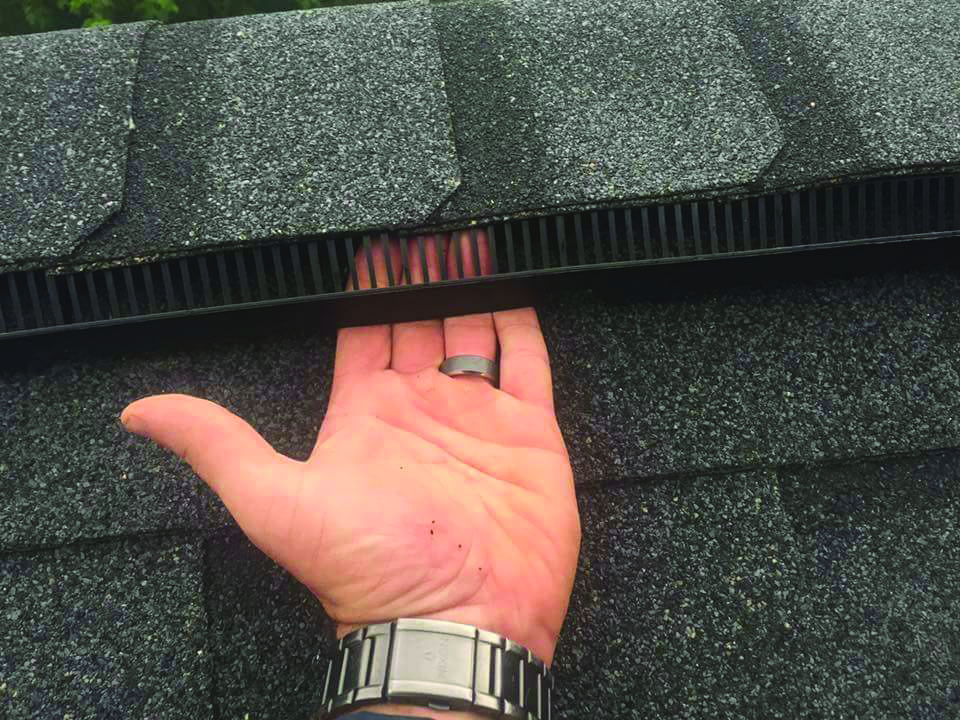🦇 Missouri City Bat Removal and Wildlife Control
 A pest species is considered a pest when they have a tendency to take up residency within dwellings in close quarters with people. Bats are considered a pest species because of their tendency to do that, and the rise in bat removal calls in Missouri City is a testament to the growing problem. We also offer bat removal Houston, Texas and Sugar Land Texas bat control service.
A pest species is considered a pest when they have a tendency to take up residency within dwellings in close quarters with people. Bats are considered a pest species because of their tendency to do that, and the rise in bat removal calls in Missouri City is a testament to the growing problem. We also offer bat removal Houston, Texas and Sugar Land Texas bat control service.
There are a number of complaints that pest removal agents get concerning bats including:
- A loose bat stuck in the house
- A bat swarm near a building or home
- Odor as a result of the urine and feces
- A bat in the chimney
- Bats in the attic or barn
The Process of Bat Removal, Bat Control, and Bat Exclusion in Missouri City TX
People want and need, to have bats and bat colonies removed from the areas that will put them in close quarters with these animals. There is a necessary bat removal process that needs to be carried out in order to make sure that the removal is successful and to make sure that they don’t return.
- Inspection- The building where the bats are getting into needs to be fully and thoroughly inspected. The areas that are allowing the bats to come and go need to be located.
- Species Determination- During the inspection, one of the things that need to be determined is the species of bat that is the problem. Different species have different habits when it comes to nesting, hibernation, and reproduction.
- Exclusion- This part of the bat removal process allows the bats to get out and not get back in. It is best to not try and trap the animals because even if they are removed and exclusion is not done properly, they will be able to get back in.
- Seal- Much of the sealing process is done during prior to exclusion. The sealing at this point is done on the primary entry and exit points that were left open for them to get out. Once all the bats have made their way out, the final exit points can be sealed so that the animals do not get back in (AND NOT BEFORE).
- Clean- The final step is to clean up the mess that the animals have made. The urine and feces that these animals produce can cause a lot of health and structural issues for people.
Bat Diseases
Aside from the fungal infection of histoplasmosis (an infection that ails the lungs due to the fungus that grows on bat droppings), bats are a common carrier of rabies. This may be because bats are able to bite people in their sleep without them knowing or due to their size, people may be less threatened by them. It may be that the strain of rabies that bats carry may be more likely to infect people. Never approach a sick bat or a bat that is found on the ground because it is possible to be bitten as they are trying to defend themselves. There is no repellent that will work for bats and there is no simple way to remove them. Bat exclusion is the best and most effective way to deal with them. It can be a difficult process and it is best left to professionals who are trained. Amateur attempts or the use of poison can make the problem much worse because of the presence of rotting carcasses or bats swarming in other areas of the building. [no_toc]
Hire a Missouri City Bat Exterminator
Bat Removal Services Missouri City
Bat removal in Missouri City is extremely important in stopping the spread of disease from bats in the attic to a homeowner. One of the most prevalent diseases that bats will transmit, aside from rabies, is histoplasmosis. This is a fungal infection that is caused by inhaling the spores of the Histoplasma capsulatum fungus. This fungus is present in the bat guano that they leave behind. When people enter the areas containing guano, they may stir up the spores and make them airborne and breathable. When people are exposed to these spores they can end up with symptoms that range in severity from a bad flu to feeling like tuberculosis. This infection can be mild and healthy people will be able to fight it off themselves and more severe cases are going to require antifungal medications and hospitalization.
Bat Removal Cost
Bat removal costs in Missouri City greatly depend on many factors. This includes the size of the home, the difficulty to access the bat’s entry point, the necessary safety measures, colony size, guano accumulation, and many other factors. Many people would like to know “what’s a ballpark on the cost of bat removal from an attic”. Unfortunately, it can range from $500 to upwards of $30,000 and more for large colonies. If you are facing bats in the attic and want to know the cost on removing bats from an attic in Missouri City, call us today so we can give you an accurate estimate based on your individual needs.
Bats of Texas
Bats are the only flying mammals. Their front limbs have evolved over the years, they have elongated fingers and a wing membrane stretched between them. The bat is the second largest order of mammals with over 1200 species.
Main Service Areas
Bat Removal Service Areas
Sugar Land TX Bat Removal Services
Katy TX Bat Control Services
Galveston TX Bat Removal Company
League City TX Bat Control Company
Pearland TX Bat Removal Services
Missouri City TX Bat Control Services
Friendswood TX Bat Removal Company
Mating Season
Bats mate in winter and delay fertilization till spring for the fetus to start developing. There are species such as Mexican free-tailed bat that mate and give birth in early summer or spring. The gestation period for bats is 40 day. They give birth to live young ones and breastfeed them like other mammals. Most species of bats produce only one pup in a year while others produce two or four and are taken care of in maternal colonies. Maternal colonies a group females bats who come together to bear and raise the young pups together. The pups grow fast and are ready to feed by themselves and fly by late summer.
Most bats about feed on insects. There are also fruit-eating bats, nectar-feeding bats, fish-eating bats, carnivorous bats that prey on lizards, frogs, birds, and small mammals. The most famous and scary group of bat are the blood-sucking vampire bats of South America.
Bats live almost everywhere, including under tree barks, in caves, crevices along bridges, palm fronds, hollow trees. They are creatures of habit and will return to the same roost for long periods of time, sometimes even for a whole lifetime. Bats roost areas such as on roof ceiling, abandoned houses.
Bats that feed on insects are beneficial to man. A colony of bats can devour tons of insects thus making bats natural pest control. Most insects damage crops, cause diseases to livestock and man and are a huge nuisance.
Nectar-feeding bats are important as they help plants in cross-pollination, especially in rainforests.
Fruit feeding bats are important because they help plants to disperse the fruit’s seeds. Over 300 fruit species depend on bats for seed dispersal.
They are food for owls, raccoons, opossums, falcons, hawks among other carnivores and thus supplement the energy cycle.
Bats fecal matter known as guano, is used as fertilizer
There are 33 species of bats documented in the state of Texas. The species found belong to four families of bats.
Family mormoopidae example Ghost-faced bat – Mormoops megalophylla
Family Phyllostomidae example Hairy-legged Vampire – Diphylla ecaudata
Family Vespertilionidae example Western Small-footed Myotis – Myotis ciliolabrum
Family Molossidae example Big Free-tailed Bat- Nyctinomops macrotis
Bats are usually carriers of the rabies virus. The following are the symptoms for rabies in bats: Flying in the daytime, spastic paralysis, breathing difficulties, dehydration, cloudy eyes, the presence of dirt in the bat’s mouth, mucus on the nostrils, isolation from the colony, abnormal sounds made by the bat among others. Bats transmit this illness to humans when they bite.
In eastern North America, White-nose syndrome has caused unmatched deaths of hibernating bats. There has been a great challenge in managing and researching the syndrome as it continues to spread. This has evoked the state and federal wildlife agencies to conduct a combined coordinated effort to try to manage the white-nose syndrome and to conserve the bats.
When a bat bites you, it’s important to immediately seek medical attention. The bat should also be captured and evaluated for rabies to determine the course of action and medication. You should thoroughly wash the wound with soap and water. Then contact a designated respondent who should advocate for a rabies vaccination especially if the bat has symptoms of rabies. Capture the bat while following district procedure and keep it in captivity till animal control responded. Determine whether any other individual came into contact with the bat and get close contact to facilitate medication and vaccination in case the bat is found to have rabies. The information should be confidential. Report the incident to IPM coordinator to notify animal control. The local and regional health department should be consulted about incidents of potential rabies.
Don’t try to capture the bat. Bats are good in flight and require experienced training. You may also injure the bat or break its wings. Notify a professional and evacuate the area. Secure the doors so that the bat doesn’t escape if the bat is in an enclosure. If the bat is outside in the open, keep people away so as not to scare the bat to fly away. Identify the people who came into contact with the bat for further diagnosis.
